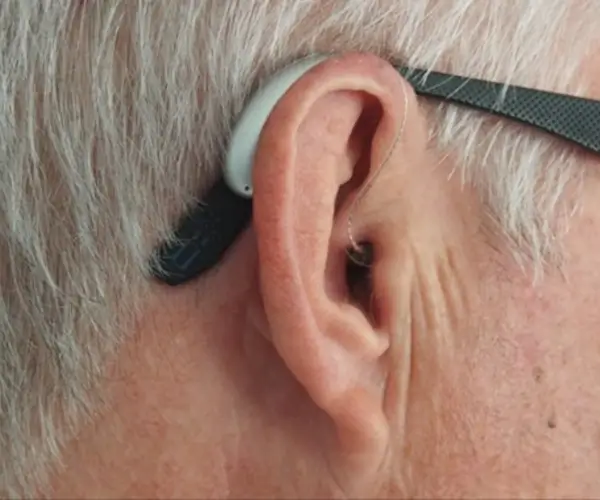Some 5,000 years ago, it wasn’t uncommon to find Egyptians sitting under shinning rays of colored light, hoping to find relief for all kinds of ailments. In special purpose-built rooms, colored crystals were strategically placed at different angles to allow sunlight to filter through them and shine different colors. These colors were associated with things like fertility, healing, protection, and more.
Light therapy, also called phototherapy (or chronotherapy when light is combined with colors for added benefits), has been around for thousands of years. But Egyptians weren’t the only ones harvesting the powers of the sun; experts have found evidence suggesting that ancient Greek, Roman, Chinese, and Indian civilizations all benefited from chronotherapy. Now, new research shows that our ancestors were probably onto something when they decided to use concentrated sunlight therapeutically.
Light therapy has evolved quite a bit over the past five millennia. One of the first to study the therapeutic effects of light in modern medicine was an Islandic physician named Niels Finsen. In 1903, Dr. Finsen was awarded the Nobel Prize in medicine for curing skin tuberculosis (lupus vulgaris) after finding that light made him feel more energetic despite suffering from Niemann-Pick disease – a metabolic disorder that affects the body’s ability to metabolize lipids.
Years after Dr. Finsen’s discovery, NASA developed a newer kind of light-emitting diode (LED) that was more effective and stable than any previous LED technologies. LED technology – when using the correct wavelength and potency – has been proven to be effective for wound healing, skin rejuvenation, pain treatment, and more.
Migraines and Light Therapy
Putting migraines and light therapy on the same sentence might sound like an oxymoron. It is estimated that 80 to 90 percent of migraineurs experience mild to severe photophobia (light sensitivity) before or during an attack, making light one of the most well-known migraine triggers. Blue light, like the one emitted from smartphones and other electronic devices, seems to affect migraineurs the most.
However, recent studies have shown that while certain light colors such as blue, white, red, and amber appear to exacerbate headaches and photophobia, one color, in particular, seems to reduce migraine severity and light sensitivity significantly.
A Green New Hope
Ever since phototherapy was introduced as a relatively safe and effective treatment for all kinds of afflictions, a rainbow of colored therapeutic light bulbs has emerged. For example, blue light is said to improve the symptoms of seasonal depression, and red light seems to be an effective acne treatment. Green, however, is the color of choice when it comes to treating a headache.
Green light is thought to reduce chronic pain, including pain caused by migraines, fibromyalgia, and other pain syndromes. In an animal study published in the journal Pain, green light was shown to reduce pain sensation in rats by up to 60 percent. In another study conducted by Harvard Medical School researchers, participants were asked to report changes in pain intensity during a migraine attack when they were exposed to different colored lights.
The results of the study showed that most respondents – nearly 80 percent – reported that high-intensity white lights significantly worsened headache pain. Every other color tested, including red, blue, and amber, also aggravated migraines. Green light, however, had no negative impact on headaches. In fact, researchers were surprised to discover that green light exposure reduced head pain in about 20 percent of participants.
While these studies present green light therapy as an interesting drug-free approach for migraine management, don’t toss out your preventive or abortive medications just yet. Currently, there aren’t many regulations in place for light therapy devices, and some commercial light therapy bulbs don’t offer the right potency to treat migraines effectively. More research is also needed to define the optimal wavelength and appropriate frequency of the treatment and to look into any potential side effects that may come along with it.


